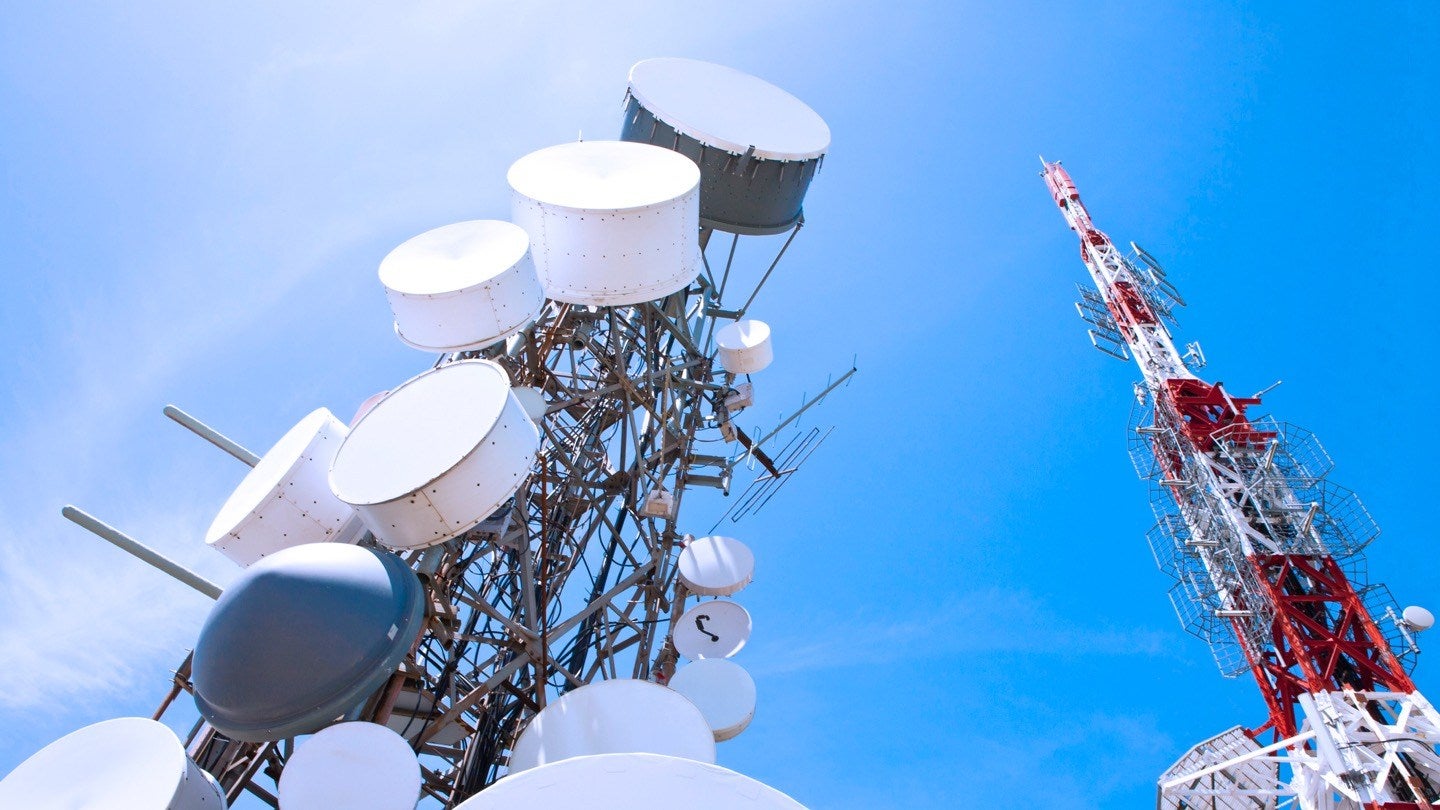Unveiling the Improvements Fueling Large-scale Online Connections within our Electronic Era
Wiki Article
In modern digital age, possessing a reliable internet access is vital for both people and companies. Mass internet connections refer to large-capacity internet offerings that can handle various clients and devices at the same time. These connections are vital for academies, offices, and major organizations that need high-speed and stable internet service. Advancements in tech have made it possible to provide these networks more efficiently and affordably, enabling more users to benefit from fast internet.
One of the key innovations powering bulk internet links is fiber-based technology. Optical fiber cables employ light to send signals, which allows for much quicker bandwidth in contrast to older copper cables. This system can manage huge amounts of information flow, making it ideal for settings where multiple people are connected at the same time. Academies and businesses can utilize optical fiber services to enhance their internet-based operations, such as video conferencing, online education, and remote data processing.

Another significant advancement is the implementation of cordless technology, particularly in the form of Wi-Fi 6. This new specification for wire-free networks offers improved speed, data handling, and effectiveness. The latest Wi-Fi standard can handle more devices at once without hindering the network, which is especially beneficial in crowded locations like workplaces or classrooms. With this technology, look at this website users can enjoy continuous internet connectivity, allowing them to work, educate, and interact without interruptions.
Additionally, improvements in system oversight tools have simplified for organizations to track and regulate their internet usage. These systems assist managers manage network resources, focus on important services, and guarantee that all users have a balanced access of the network. By optimizing connection efficiency, institutions can offer a better experience for all participants, minimizing issues like latency and outages that can disrupt work.
Finally, the widening of space-based internet offerings is also aiding in the growth of mass internet links. Orbital technology permits internet access in isolated or rural locations where conventional services may not be feasible. This innovation is vital for bridging the internet access disparity, guaranteeing that more people have service to the internet, regardless of their region. As satellite solutions continues to get better, it will play a key role in offering reliable internet networks to underserved areas.
The innovations driving large-scale internet services are revolutionizing how we connect and interact in the digital age. From optical fiber technology to Wi-Fi advancements and improved network management, these developments are facilitating rapid internet more within reach and efficient. As technology advances to improve, it is likely that even more innovations will emerge, further improving our capacity to stay connected in an increasingly digital age.